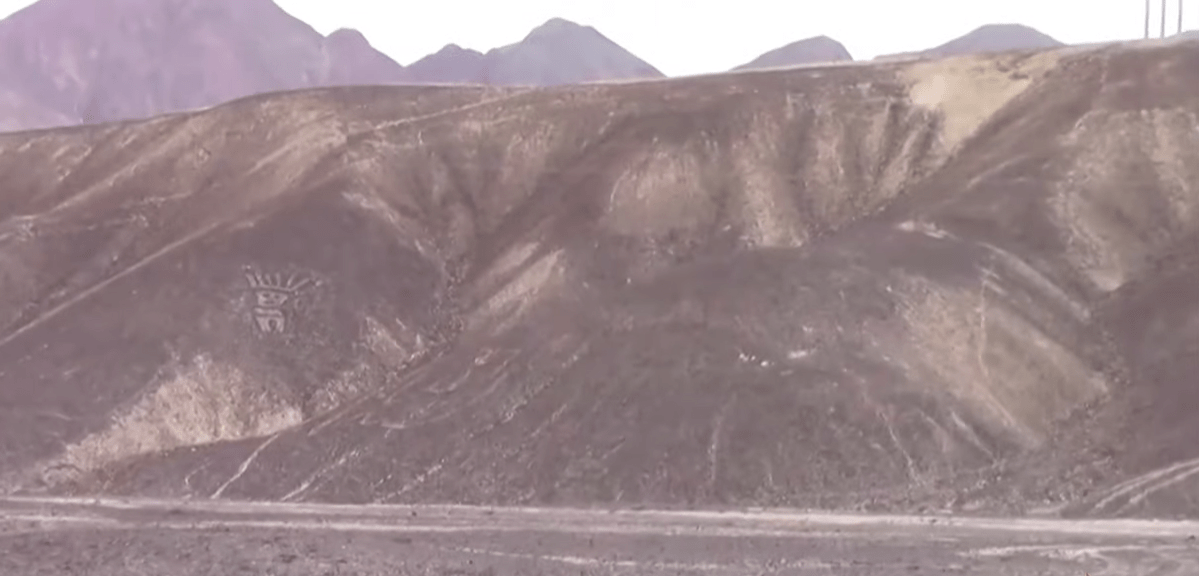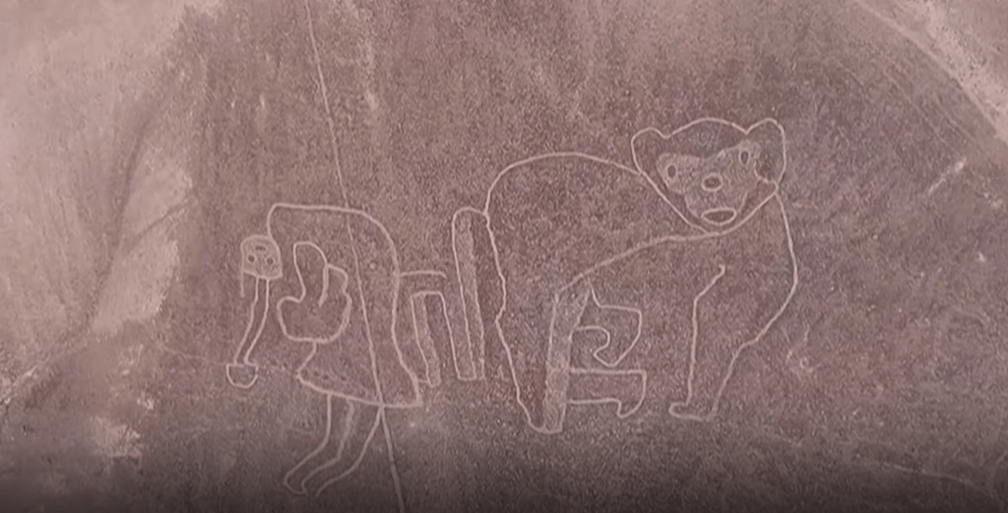Photos, memes, and videos of cats make up some of the most viewed content online and besides being cute and funny, the experts say this content brings positive psychological effects. The popularity of cats is not something new, though, as the species has been famous since ancient times when worshipped as a deity and embedded into art forms.
Recently, we’ve discovered that the cat was also important to ancient Peruvian cultures. Read on to find out why.

The discovery
Another large drawing has been discovered in Peru’s Nazca Lines recently and has drawn the world’s attention to this ancient site again. Peru’s Ministry of Culture says this drawing is stretched about 120 feet on a slope of a hill that is known as the Mirador Natural and depicts a cat.
The hill that this image of a cat was found on is used as a natural lookout point to allow people to view the other drawing in the area. Its discovery also came as a surprise as it was found during a refurbishment task that was conducted by archaeologists and technicians from the Nazca-Palpa Management Plan (NPMP).
Why was it discovered recently?
This drawing was very hard to spot and it nearly disappeared entirely due to its being placed on a somewhat steep slope due to natural erosion. Natural erosion is what happens to a surface when its material is worn away by natural forces and doesn’t just affect hillsides. Mountains and island edges are vulnerable too.
The forces that can initiate natural erosion include rain, wind, or ice, and when these forces keep gnawing away at a surface for centuries, its material will deteriorate. Luckily, cleaning and conservation efforts were carried out soon enough by the NPMP and the Ministry of Culture before these forces had eaten away at this etching completely.

When was the geoglyph drawn?
Experts on geoglyphs can estimate their age from their design and this drawing of a cat shows its head faced towards the observer. The lines that make up this etching are quite well defined and are of variable widths that range from 11.8 to 15.7 inches.
What experts can tell from the cat drawing’s stylistic features is they are from the Late Paracas period, which means that it’s older than the famous Nazca Pampas geoglyphs. The period that these experts are referring took place between 100BC and 200BC; the Paracas people were also prone to creating textiles and ceramics with cat images.
Where can you find the cat?
The Nazca Lines that this cat geoglyph is a part of is located around 250 miles south of Peru’s capital and largest city, Lima. This feline drawing is among a vast range of Geoglyphs and Lines of the Nazca coastal plain and the Pampas de Jumana that are awed the world over.
These Lines and Geoglyphs shed important light on the lives of pre-Hispanic societies that lived on the Peruvian south coast during the 8th century B.C to 8th century A.D. You can find these ancient sites on the basin river of the Rio Grande de Nazca right in its desert plains on a space that covers 185,000 acres.
What is the cat geoglyph for?
Archaeologists, ethnologists, and anthropologists that have studied ancient Nazca culture say that the shapes and figures that this cat geoglyph is part of were created for sky deities. The scientists who are credited for being the first to conduct serious research into Nazca Lines, Maria Reiche and Paul Kosok, say they were some kind of observatory.
Maria Reiche and Paul Kosok suggest that when used an observatory, these drawings can point to places on the horizon where celestial bodies rise/set during solstices. The observation of astronomical bodies for religious purposes is something that was very common amongst indigenous American societies.

Will we discover more cat geoglyphs?
In the past, spotting geoglyphs like the recent one was almost impossible on foot as they started being discovered after planes were invented. Since these drawings are over 2,000-years-old, they’ve eroded a lot and most of them have already been found via aircraft and trained eyes.
However, there are new developments in technology that, like planes in the old days, might help find more obscure drawings in the future. One of these developments that are in use is AI; in 2019, an AI program found a very small and old geoglyph that might’ve been a marker for travelers.
In conclusion
Finding out new things about our history as the human race is always fascinating, especially when we discover how our ancestors shared a bond with animals then. Learning about the cultures that existed in the Americas and their extensive knowledge of astronomy is also very captivating and is why we’re in love with this cat geoglyph.
This newly found addition to the Nazca Lines is most welcome and we’re sure now that it will be still be enjoyed by many generations to come.
